
Making fudge seems pretty straightforward, right? Just sugar, butter, and a bit of elbow grease! But if you've ever ended up with a grainy mess instead of that creamy square of sweetness, you know there's more to it. Let’s kick things off with one mistake that trips up a lot of folks: rushing the process. Taking your time is key. Impatience leads to all sorts of issues—from grainy texture to failed setting.
A candy thermometer is your best friend in the fudge world. Many home cooks skip it, thinking they can eyeball the perfect stage. But that’s like trying to guess when rain will fall without looking at the sky. Precision matters here because hitting that 'soft ball' stage changes everything.
- Rushing the process
- Skipping the thermometer
- Ignoring humidity
- Disregarding ingredient quality
- Over-stirring the mixture
Rushing the Process
One of the biggest rookie mistakes when making fudge is rushing through the steps. Fudge-making demands patience, and it’s not something that can be hurried along if you want a smooth result. A common issue from rushing is turning up the heat to speed things up. While it might seem convenient, it often results in a burnt mess, which is definitely not the kind of caramelization you’re aiming for.
Cooking the fudge mix, typically a blend of sugar, butter, and milk, requires some careful attention. It needs to reach a specific temperature, known as the 'soft ball' stage, around 234°F to 240°F (112°C to 116°C). If you rush this and pull it off the heat too soon, the mixture won't set correctly, leaving you with a sticky puddle instead of a firm piece of delight.
Why Slowing Down Matters
Why does it matter? Well, taking time allows for more even cooking and a consistent texture, two essential traits of perfect fudge. By keeping the heat steady and slow, you give the sugar crystals time to form gradually, leading to a smoother end result.
- Avoid shortcuts: Start with low heat and gradually increase.
- Watch the clock: Don’t skip the simmering time.
- Measure carefully: Use a thermometer to ensure precise temperature control.
Remember, the journey to delightful fudge is as much about how you cook it as the ingredients you choose. Allow the process to unfold naturally and resist the temptation to fast-forward. After all, good things take time!
Skipping the Thermometer
Alright, here's the deal: a candy thermometer isn't just a fancy gadget for your kitchen—it’s a game-changer when it comes to fudge making. It gives you the precision you need, something that guessing temperatures or going by feel simply can't match.
Cooking mistakes in fudge often boil down to temperature troubles. Without a thermometer, it's hard to know when your mixture hits that crucial ‘soft ball’ stage, which is around 235°F to 240°F (113°C to 116°C). Get it wrong, and your fudge could either turn into sugar soup or a brick!
The benefits of a thermometer don't stop there. Consistency is key in fudge recipes. Using this tool ensures uniform results every time, regardless of external factors like your stove’s quirks or even the weather.
How to Use a Candy Thermometer
- First things first, clip the thermometer to the side of your pot. Make sure it doesn’t touch the pot’s bottom to avoid false readings.
- Keep an eye on the temperature without stirring too much. Constant stirring can skew your results.
- Once you hit the sweet spot, remove the pot from heat. Let it cool slightly before beating, to prevent that dreaded graininess.
If you’re serious about getting your fudge right every single time, investing in a candy thermometer will save you a lot of heartache and wasted ingredients. Once you see how it improves your fudge, you’ll wonder how you ever managed without it!

Ignoring Humidity
Believe it or not, the weather outside can mess with your fudge making. Humidity is a sneaky thief, stealing that perfect texture right from under your nose. When it’s super humid, the sugar in your fudge tends to absorb more moisture—leading to a softer and sometimes even sticky end result. So, what's the scoop on controlling this?
First off, avoid making fudge on rainy or really humid days when possible. If you live in a humid climate, you might want a dehumidifier in your kitchen, or try cranking up the air conditioning. Anything to keep that moisture at bay!
Use a Candy Thermometer
Using a candy thermometer helps manage the unpredictability of humidity. It ensures your mixture reaches the right temperature before the sugars set. Some fudge makers find that cooking fudge just a degree or two hotter than usual compensates for the extra moisture.
Storage Tips
Once made, storing your fudge properly is crucial if humidity was high. Wrap it tightly in wax paper or store it in an airtight container. This keeps it fresh and reduces any texture issues from returning.
- Make fudge on dry days if possible.
- Consider using a dehumidifier.
- Adjust cooking temperature slightly up in humid conditions.
- Store finished fudge in airtight containers.
Humidity isn't typically the first thing you think about when cooking, but for fudge recipes, it can make or break your efforts. Keep an eye on the weather to dodge any sticky situations!
Disregarding Ingredient Quality
When it comes to making fudge, the phrase "you get what you pay for" couldn’t be truer. Quality ingredients can make or break your fudge-making success. Let's face it, low-quality ingredients might save you money, but they can also leave your taste buds and texture in tatters. Imagine biting into what should be a velvety piece of fudge, only to be met with a mediocre, lackluster experience.
Start with the Right Sugar
Granulated sugar is a must-have in any fudge recipe. But here’s the deal: not all sugars are created equal. A fine, pure sugar without added moisture or impurities is key to achieving that smooth consistency.
Butter: Your Secret Weapon
Don't just grab any butter off the shelf. Look for a high-fat butter (unsalted is preferable) for richer flavor and texture. Remember, margarine is a no-go. It just doesn’t cut it in the fudge world, leading to a less creamy and sometimes greasy final product.
Choosing Chocolate
If chocolate fudge is your goal, then the type of chocolate you use is crucial. Go for high-quality chocolate with a cocoa content that suits your taste. Cheap chocolates often contain more sugar and fewer cocoa solids, which can affect both taste and texture.
Freshness Matters
Quality isn’t just about the brands but also about freshness. Old or improperly stored ingredients can lead to off flavors. Always check the expiration dates or, better yet, buy smaller quantities that you know you'll use swiftly.
Finally, never underestimate how much these small choices—like going for the real vanilla extract instead of the imitation—can elevate your fudge from good to unforgettable. Put these simple adjustments to the test, and you'll definitely notice the difference.
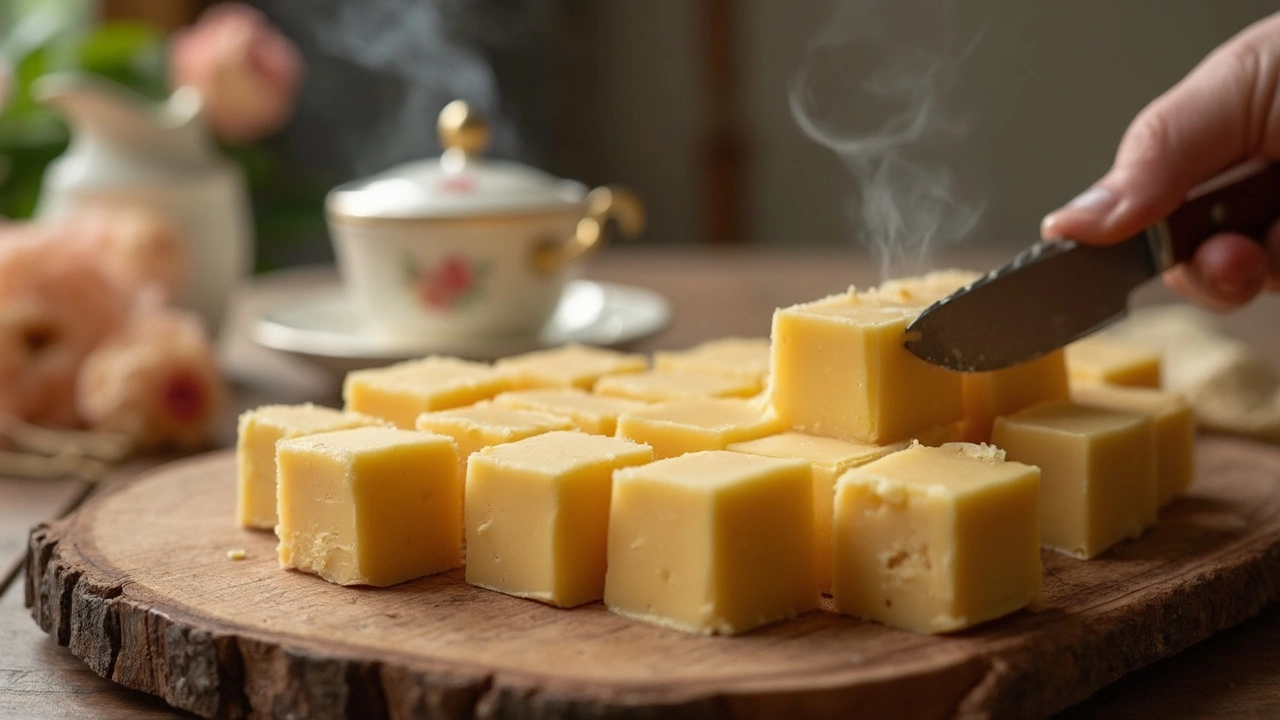
Over-stirring the Mixture
Ah, the temptation to keep on stirring. It feels like something you should do, doesn't it? Though it seems harmless, over-stirring is actually a common culprit that can sabotage the smooth texture of your fudge.
Why does stirring matter so much? The process releases sugar crystals into the mix, and if you stir too much before the fudge sets, you're basically inviting those crystals to make themselves at home. This is what leads to that unwanted grainy feel. It’s pretty much the opposite of the creamy consistency you’re after.
The Right Time to Stir
Knowing when to stir is half the battle. Once you've reached the desired temperature on your trusty candy thermometer—typically around 234 to 240°F (the magic 'soft ball' stage)—take that pot off the heat and let it cool down to around 110°F before stirring. This cooling-off period is crucial, as it ensures the sugar structure is stable. Stirring too soon or too vigorously causes those pesky crystals to form, ensuring you're stuck with sandy fudge.
Avoid These Stirring Traps
- Don't stir while heating: Keep your hands off the spoon until you’ve hit the right temperature.
- Stir with control: Use slow, steady strokes instead of frantic beating.
- Monitor your cooling time: Let the fudge cool adequately before you begin the final mixing.
It’s worth noting a fun tidbit: according to a 2023 survey of home bakers, 65% admitted that improper stirring was their biggest fudge-making blunder. So you're not alone!
Perfecting fudge making involves understanding these small but crucial techniques, including the knack of stirring just right. Stick to these guidelines, and you might just leave that gritty past behind!



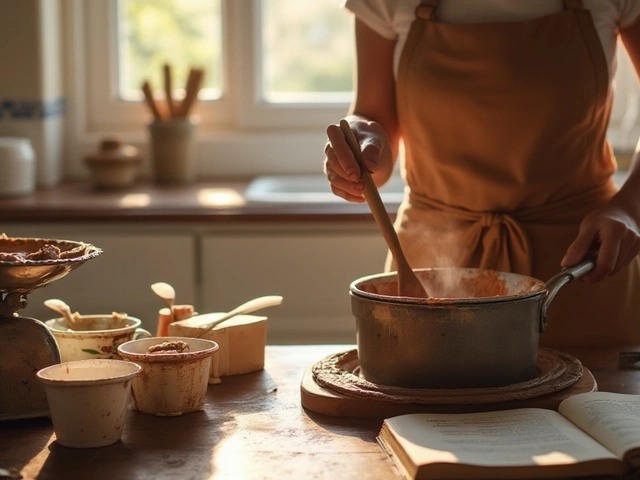


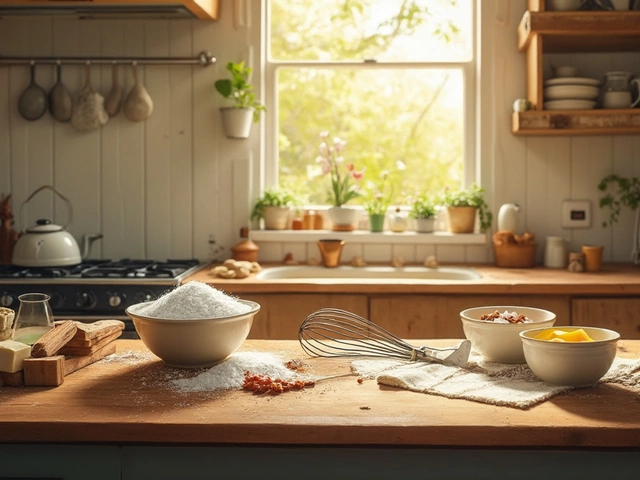
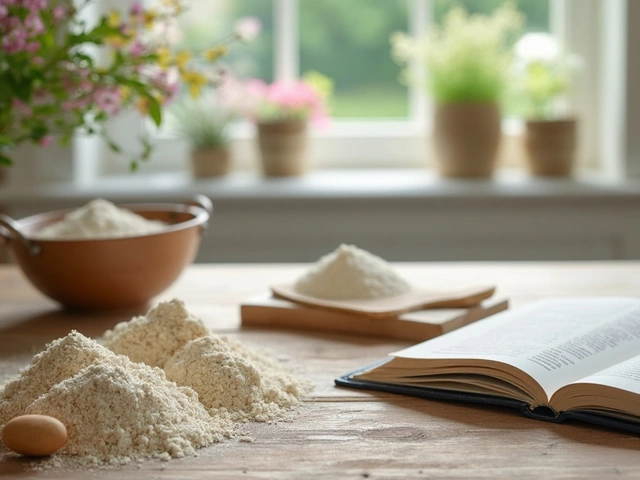
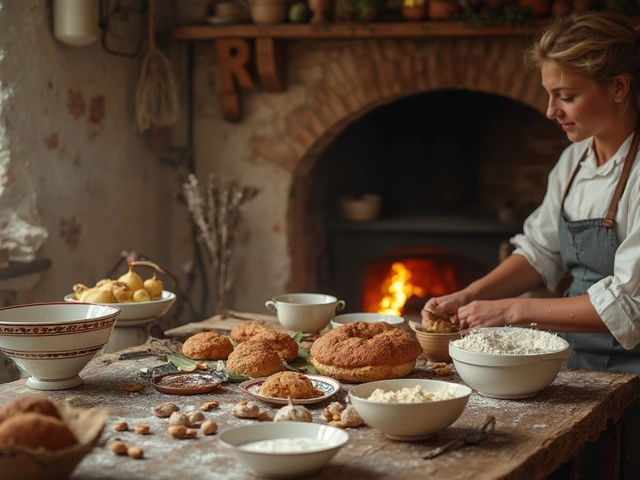


Write a comment